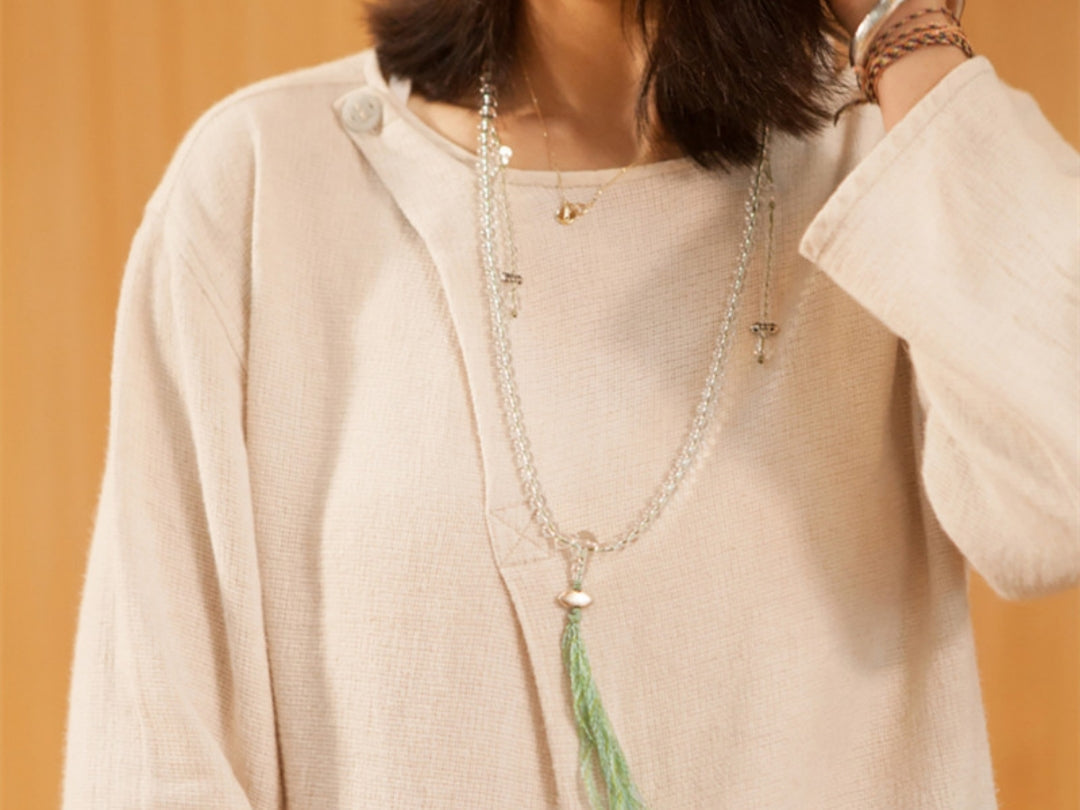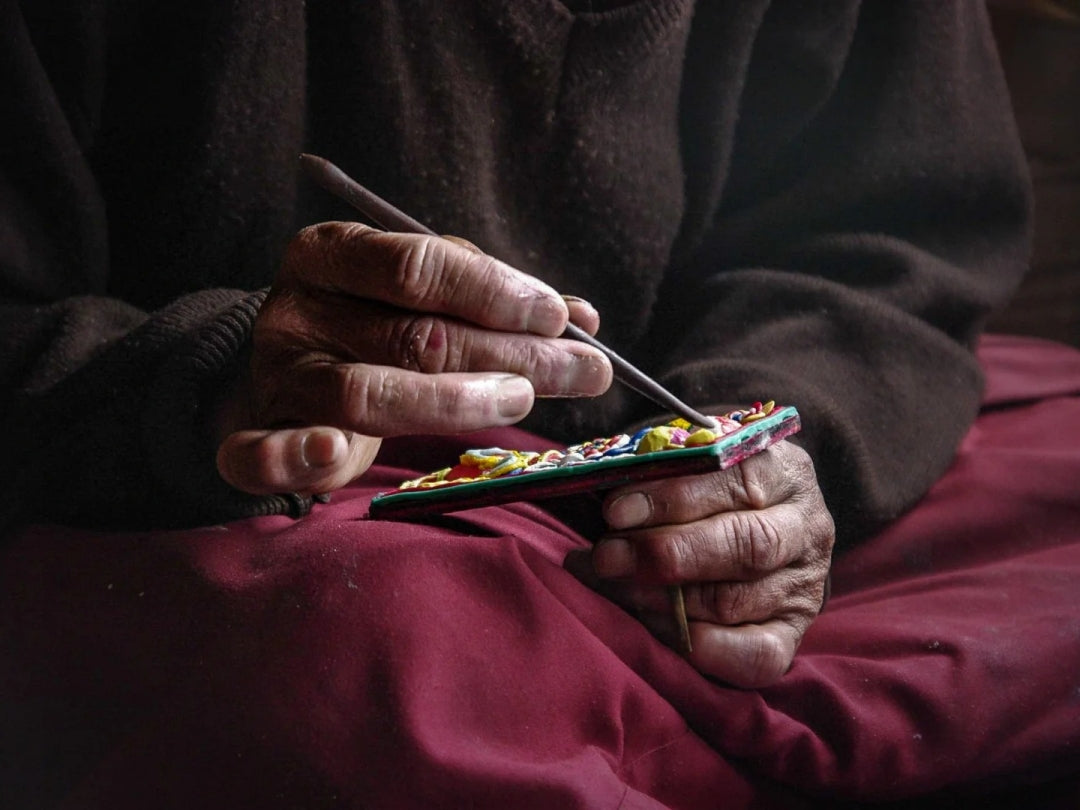Tibetan festivals are more than colorful events—they’re living tapestries of spirituality, history, and community. Rooted in lunar cycles and Buddhist teachings, these celebrations invite participants to honor the past, bless the present, and sow seeds for the future. For those drawn to Tibetan Buddhist jewelry and mindful living, understanding these festivals offers a deeper connection to symbols like the Eight Auspicious Signs or mantra pendants. Let’s explore how to celebrate mindfully, whether you’re in Lhasa or Los Angeles.

1. Losar (Tibetan New Year): Welcoming Light Over Darkness
When: February/March (varies by lunar calendar)
Symbolic Jewelry: Turquoise & Coral Beads
Losar marks the Tibetan New Year with rituals to dispel negativity and invite prosperity. Families clean homes, offer khapses (fried dough), and wear vibrant colors. Turquoise—a stone believed to attract health and luck—is prominently worn, while coral symbolizes vitality in the year ahead.
How to participate:
-
Wear a turquoise pendant during morning prayers as a personal “reset” for intentions.
-
String coral and amber beads on a mala bracelet, reflecting fire’s purifying energy.
2. Saga Dawa: The Month of Merit
When: May/June (full moon of the 4th lunar month)
Symbolic Jewelry: Mantra Rings & Prayer Wheel Charms
Saga Dawa commemorates Buddha’s birth, enlightenment, and parinirvana. Devotees avoid meat, chant mantras, and spin prayer wheels to accumulate merit. The Om Mani Padme Hum mantra takes center stage, often engraved on rings or pendant backs.
How to participate:
-
Spin a prayer wheel bracelet while reciting mantras, mirroring temple rituals.
-
Wear a lotus-shaped ring, symbolizing purity amid life’s challenges.
3. Shoton Festival: Opera, Yogurt, and Sacred Dance
When: August
Symbolic Jewelry: Singing Bowls & Bell Earrings
Originally a monastic retreat celebrating Buddha’s teachings, Shoton (“Yogurt Festival”) now blends operatic performances with communal feasts. The festival’s dances, accompanied by singing bowls, honor deities like Palden Lhamo (protector of Tibet).
How to participate:
-
Adorn bell earrings to echo ceremonial music during home rituals.
-
Place a mini singing bowl pendant on your altar to invoke sacred sound.
4. Lhabab Duchen: Buddha’s Descent from Heaven
When: November (22nd day of the 9th lunar month)
Symbolic Jewelry: Footprint Pendants & Sandalwood Malas
This festival celebrates Buddha’s return to Earth after teaching in heaven. Devotees light butter lamps and walk clockwise around stupas, mimicking Buddha’s celestial steps.
How to participate:
-
Wear a Buddha footprint pendant, a reminder to walk compassionately.
-
Burn sandalwood incense while holding a sandalwood mala bracelet, linking scent to mindfulness.
5. The Hidden Thread: Jewelry as Ritual Tool
In Tibet, jewelry is rarely “just decoration.” Each piece serves a purpose:
-
Protection: Dzi beads ward off the evil eye during festivals.
-
Prayer: 108-bead malas count mantras during Saga Dawa.
-
Identity: Regional designs (e.g., Amdo turquoise vs. Kham coral) signal cultural pride.
As Tenzin, a festival dancer from Lhasa, shares: “When I wear my grandmother’s coral necklace during Losar, I feel her blessings with me. The stones carry our stories.”
Honoring Festivals Mindfully (Without Cultural Appropriation)
-
Educate First: Research a festival’s history before adopting traditions.
-
Support Ethically: Purchase jewelry from Tibetan-owned cooperatives.
-
Simplify: Light a candle with a mantra bracelet instead of replicating complex rituals.
Why This Matters Beyond Tradition
Tibetan festivals teach universal lessons:
-
Renewal (Losar) mirrors modern goal-setting.
-
Compassion (Saga Dawa) aligns with mindfulness movements.
-
Community (Shoton) reminds us to celebrate collectively, even digitally.
By integrating sacred symbols into daily life—like wearing a turquoise ring or spinning a mini prayer wheel—you honor these values without exoticizing them.







